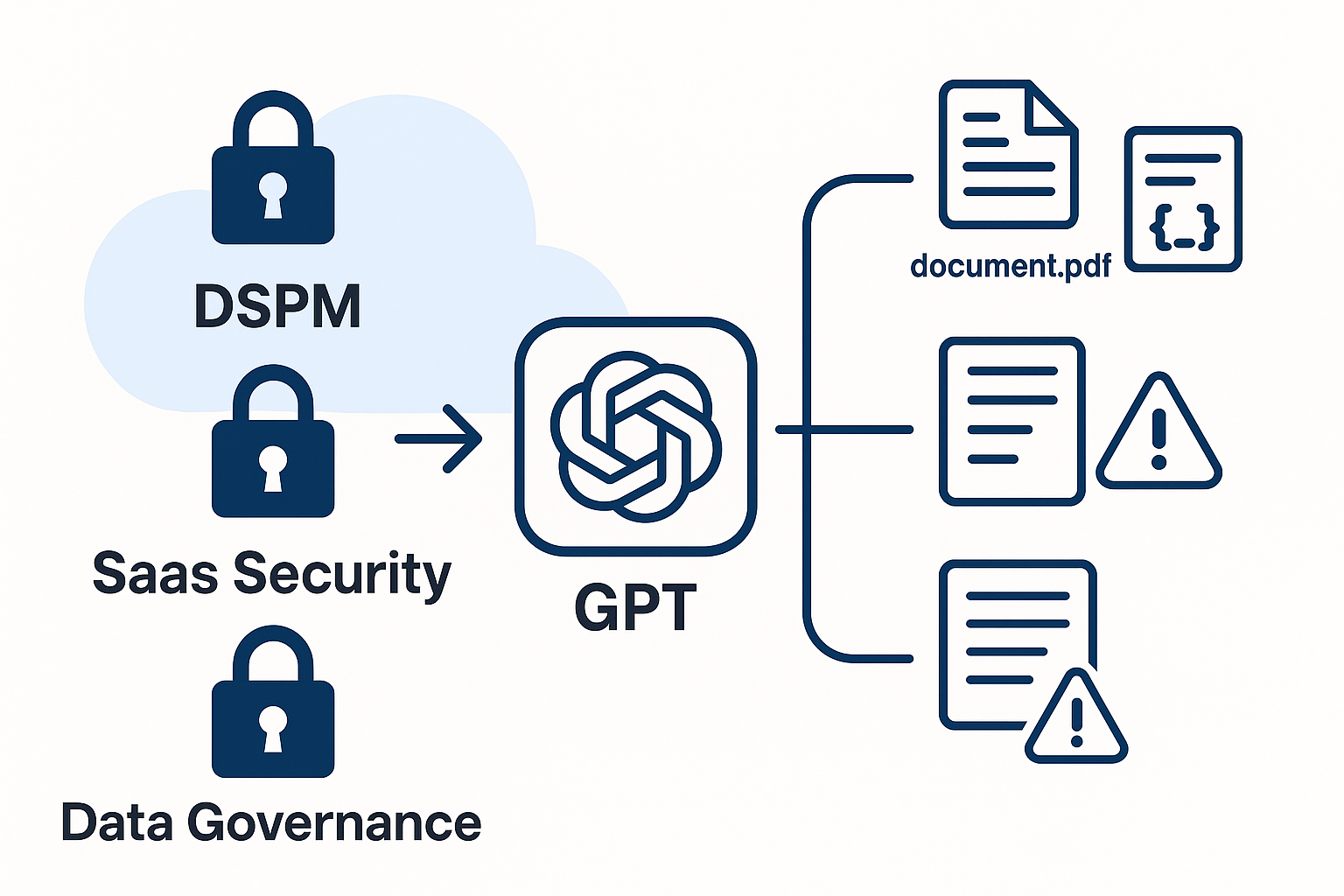· Shane Trimbur
Building the Future of Enterprise Applications
For companies operating in the global connectivity space, success hinges on the ability to integrate cutting-edge technology into every facet of the business.

A Blueprint for Scaling Enterprise Applications in Global Connectivity
For companies operating in the global connectivity space, success hinges on the ability to integrate cutting-edge technology into every facet of the business. This blog series explores how a strategic enterprise application approach can drive growth and innovation, leveraging a robust business model to maximize operational efficiency and market potential.
Part 1: Understanding the Business Model of a Connectivity Leader
Companies in the global connectivity industry are at the forefront of innovation, serving critical sectors such as:
- Consumer Broadband: Providing high-speed internet to underserved or remote regions.
- Enterprise Communications: Delivering secure and scalable connectivity for businesses.
- Government and Defense: Supporting mission-critical communication needs for public sector and military operations.
This multifaceted business model demands operational excellence and technological innovation. Enterprise applications are the cornerstone of this ecosystem, enabling seamless integration across sectors while driving scalability and customer satisfaction.
Part 2: Strategic Leadership: Unlocking Innovation and Efficiency
Leadership plays a pivotal role in aligning enterprise applications with strategic goals. Key priorities for executives include:
1. Aligning Technology with Business Objectives
Enterprise applications must be designed to support a diverse customer base by integrating:
- Cloud-first architectures for scalability and flexibility.
- AI-driven analytics to gain actionable insights.
- Platforms that enable rapid deployment of new services in response to market demands.
2. Fostering a Culture of Change
To remain competitive, leaders must embrace and drive change, focusing on:
- Scalable Solutions: Building systems that evolve with business growth.
- Integration Expertise: Bridging legacy systems with modern SaaS platforms.
- Cloud Adoption: Leveraging cloud infrastructure for cost efficiency and resilience.
Part 3: Market Opportunities Enabled by Enterprise Applications
The global connectivity industry presents unique opportunities that can be unlocked with robust enterprise strategies:
1. Consumer Market Expansion
The demand for high-speed internet in underserved regions creates significant opportunities. Enterprise applications can accelerate service delivery while optimizing operational costs.
2. Supporting Hybrid Workforces
As businesses adopt hybrid work models, the need for secure and reliable communication solutions is paramount. Companies can:
- Enhance enterprise customer retention with AI-driven predictive support.
- Streamline resource allocation through automation and analytics.
- Tailor solutions to meet diverse business needs.
3. Advancing Government and Defense Solutions
Mission-critical communication systems for government and defense operations can benefit from:
- Improved automation and data-driven decision-making.
- Enhanced security and compliance mechanisms.
- Scalable platforms to support evolving operational demands.
Part 4: Operational Excellence: Building Resilient Systems
Operational excellence in the connectivity industry requires:
- Data-Driven Insights: Enterprise applications must provide ROI-focused metrics to inform strategic decisions.
- Reliable Infrastructure: Ensuring uptime, scalability, and security across systems.
- Automation at Scale: Reducing manual bottlenecks through intelligent process automation.
By investing in these areas, companies can streamline operations, improve customer experiences, and reduce costs.
Part 5: Recommendations for Scaling Enterprise Applications
To maximize market opportunities and operational efficiency, companies in the connectivity sector should focus on the following strategies:
- Invest in Integration and Automation: Build scalable ecosystems to connect workflows seamlessly across teams.
- Adopt a Cloud-First Approach: Prioritize cloud platforms that support secure, flexible growth.
- Enable Cross-Functional Collaboration: Use enterprise tools to align operations, engineering, and customer support.
- Leverage AI and Machine Learning: Deploy predictive analytics to enhance customer experiences and operational decision-making.
These initiatives will enable companies to not only maintain their leadership in the industry but also redefine the connectivity experience for businesses, governments, and consumers.
Conclusion
For companies driving innovation in global connectivity, enterprise applications are a critical enabler of growth and efficiency. By aligning technology with vision, fostering a culture of adaptability, and leveraging market opportunities, businesses can remain at the forefront of the industry while delivering exceptional value to their customers. This blueprint provides actionable steps to achieve scalable success in a competitive and rapidly evolving market.



